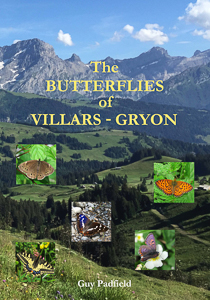 |
This book is a complete guide to the butterflies of the Villars-Gryon region in the Alpes Vaudoises of Switzerland. All species known to occur in the area are presented with full-colour photographs and descriptions, enabling even a beginner to identify every butterfly encountered. A visual index guides the reader to the relevant pages and a fully illustrated checklist extends the book's coverage to the whole of Switzerland. The author has watched and photographed butterflies in Switzerland for over 30 years and lived in Villars-Gryon for more than 20 years.
Anyone that has visited the forums of the UK Butterflies website or the author's own website, will surely be familiar with the contribution of Guy Padfield in fostering an interest in our European butterflies. He is rightly recognised as an expert in this field and his services are often called upon to identify a tricky subject, such as one of the many species of 'Grizzled' skipper or Erebia that might be encountered. I am fortunate to have spent some time in his company in Switzerland, his adopted country, where he has lived for over three decades, and I can personally vouch for his ID skills and in-depth knowledge.
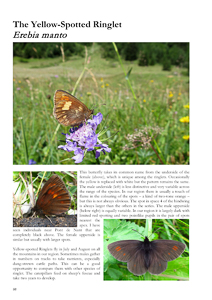 | 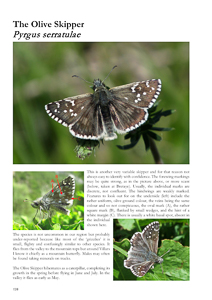 |
The book is substantial, with 175 pages in A4 format, and focuses on the species found in the Villars-Gryon region of south-west Switzerland, although the book also includes illustrations and descriptions of other species found in the country, and will therefore be of interest to anyone visiting any part of Switzerland or adjoining countries.
The introductory sections include topics such as habitat and identification, with an additional section on 'butterflies in winter' toward the end of the book. However, one of the most useful elements is a visual index that will allow the reader to rapidly home in on the description of the corresponding species.
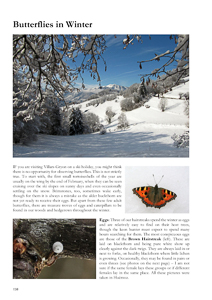 | 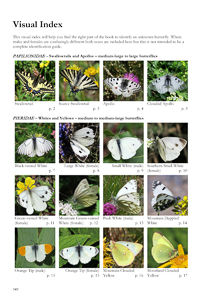 |
The majority of the book is, unsurprisingly, focused on the species descriptions, each of which contains a summary of a variety of topics, including nectar sources and larva foodplants, behaviours such as courtship, habitat preferences and the timing of life cycle stages, including flight period. There are, however, three items where this book excels.
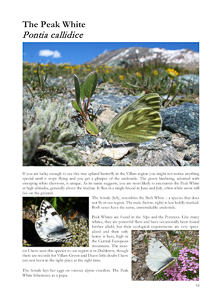 | 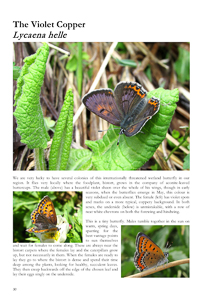 |
The first is the identification tips that are provided in both the text and images, with annotation added where relevant. Quite a few of these tips are new to me (and I've read quite a few books on European butterflies over the years) and I'm sure that even experienced observers will learn a thing or two. The second is the liberal sprinkling of local knowledge which sets this work apart from most other works on European butterflies, and these insights took me back to the time I had spent with the author out in the field.
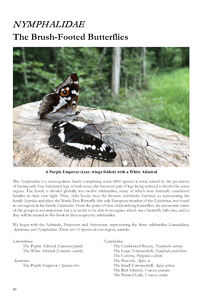 | 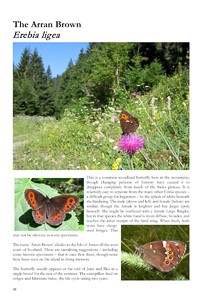 |
The third item, which cannot be understated, is the set of beautiful images that really bring the book to life. The UK Butterflies community has even coined the phrase 'doing a Padfield' in recognition of the author's ability to create the most amazing images that capture a butterfly within its landscape, that few have been able to replicate.
All of these elements make for a stunning work that will appeal to both casual and experienced observers alike and, as such, is highly recommended.
The book can be ordered online from Amazon or directly from the author.